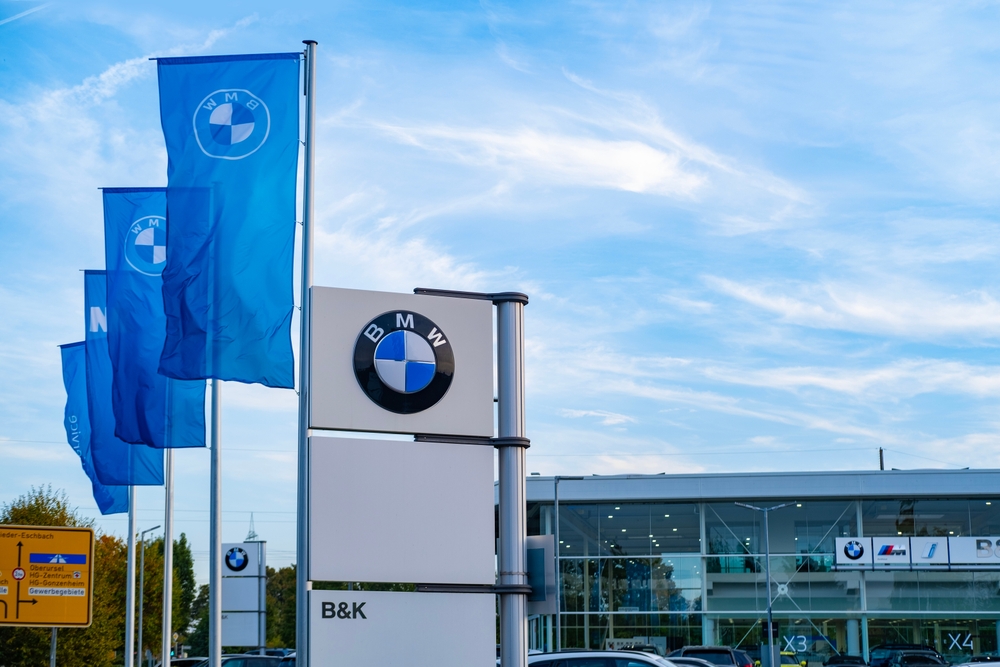As the demand for renewable energy grows, new technologies are emerging to meet the challenge. One such innovation is the bladeless wind turbine, which eliminates the noise and wildlife risks posed by traditional turbines. These bladeless systems represent a major leap forward, particularly in areas where space, noise pollution, and environmental impact are significant concerns.
How the Bladeless Turbine Operates
Bladeless turbines work differently from the conventional models that rely on large, rotating blades. Instead, they use vertical airfoils that create a vacuum effect, drawing in wind and directing it through a system to generate power. This unique design significantly reduces noise and vibrations, making it an ideal solution for urban and residential environments. The turbine’s airfoils mimic airplane wings, efficiently capturing wind flow even in less windy conditions, offering reliable energy production in diverse climates.
Filling the Gaps in Renewable Energy Production
One of the main advantages of bladeless wind turbines is their ability to complement other renewable energy sources. For example, in locations where solar panels are already installed, wind turbines can fill the gaps in energy production during less sunny periods. This combination allows for more consistent energy generation throughout the year, making renewable energy more reliable.
A Solution for Wildlife Conservation
A key concern with traditional wind turbines is their impact on wildlife, particularly birds. The rotating blades of older models have contributed to bird fatalities in certain regions, leading to criticism of their environmental impact. By eliminating blades altogether, bladeless turbines provide a much safer alternative for wildlife. This new design helps balance the need for green energy with the preservation of ecosystems, a critical aspect as environmental concerns continue to grow.
BMW’s Shift Towards Bladeless Wind Technology
At the forefront of adopting this new technology, BMW has installed the UK’s first bladeless wind turbine at its Oxford manufacturing plant. This move reflects BMW’s commitment to reducing its carbon footprint and expanding its use of renewable energy. The Oxford plant, which already relies on solar energy, will benefit from the additional wind power, especially during the UK’s winter months when solar generation is less effective.
Challenges and Future Outlook
While bladeless turbines offer several benefits, retrofitting existing wind farms with this technology presents significant logistical and financial challenges. The cost of replacing traditional turbines, especially at large wind farms, would be considerable. For now, the installation of these turbines will likely be limited to specific areas where noise reduction and wildlife preservation are paramount.
Nonetheless, as the demand for cleaner and quieter energy solutions grows, the adoption of bladeless turbines is expected to expand. Their potential to provide consistent energy, reduce environmental impacts, and function in urban areas makes them an attractive option for the future of renewable energy.
Looking Ahead
With companies like BMW leading the charge, the future of wind energy could be transformed by bladeless technology. As global energy needs shift toward sustainable solutions, innovations like these will play an increasingly important role in achieving cleaner, more efficient power generation. Whether used alongside solar energy or in areas sensitive to noise and wildlife, bladeless wind turbines could become a vital part of the green energy landscape.







